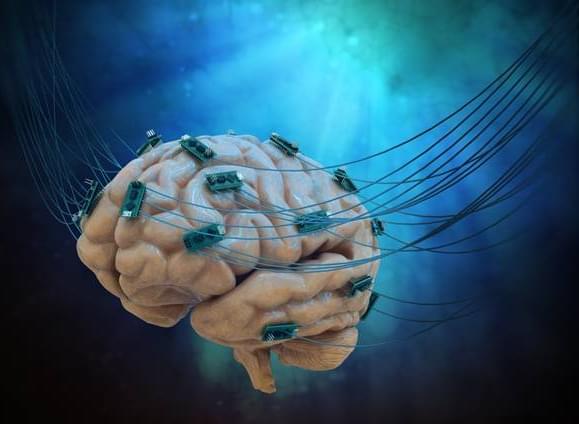A strange blob has been seen rapidly circling our galaxy’s central black hole. Now, astronomers have identified it as the exploded debris from two merging stars.
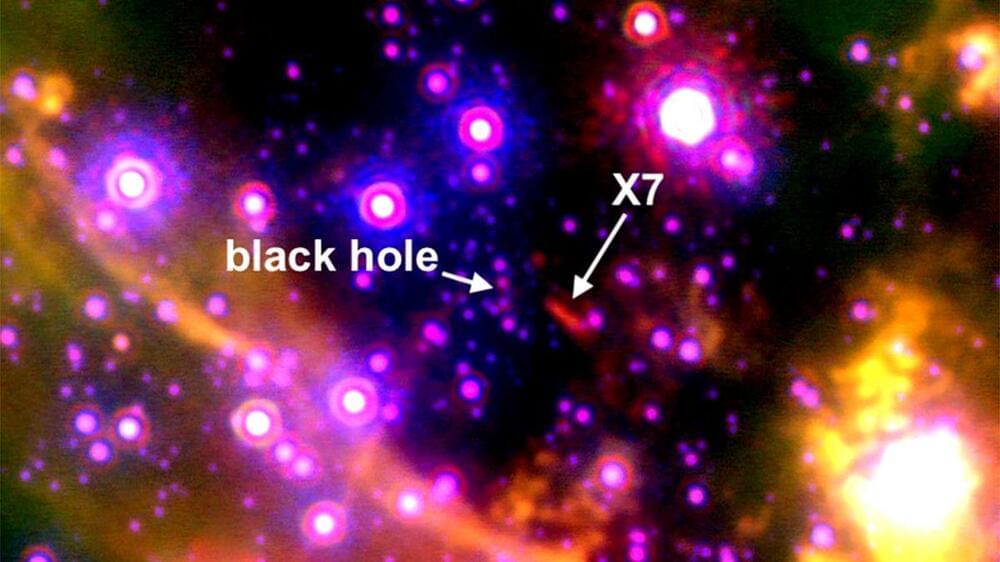


This story comes from our special January 2021 issue, “The Beginning and the End of the Universe.” Click here to purchase the full issue.
By studying this cosmic dawn, Mobasher hopes to answer fundamental questions about our universe today. Understanding the dark ages “would help us understand how galaxies are formed, how stars are formed, the evolution of galaxies through the universe,” he says. “How our own galaxy started, how it was formed, how fast it built up stars … all those questions are important questions we need to answer.”

Summary: Study reveals how the brain juggles morally conflicting outcomes while learning, finding people who opt to make decisions for personal gain at the expense of others can comprehend and empathize with potential negative outcomes, but still ultimately choose to pursue options that benefit them.
Source: KNAW
New research from the Netherlands Institute for Neuroscience sheds light on how the brain juggles morally conflicting outcomes during learning.
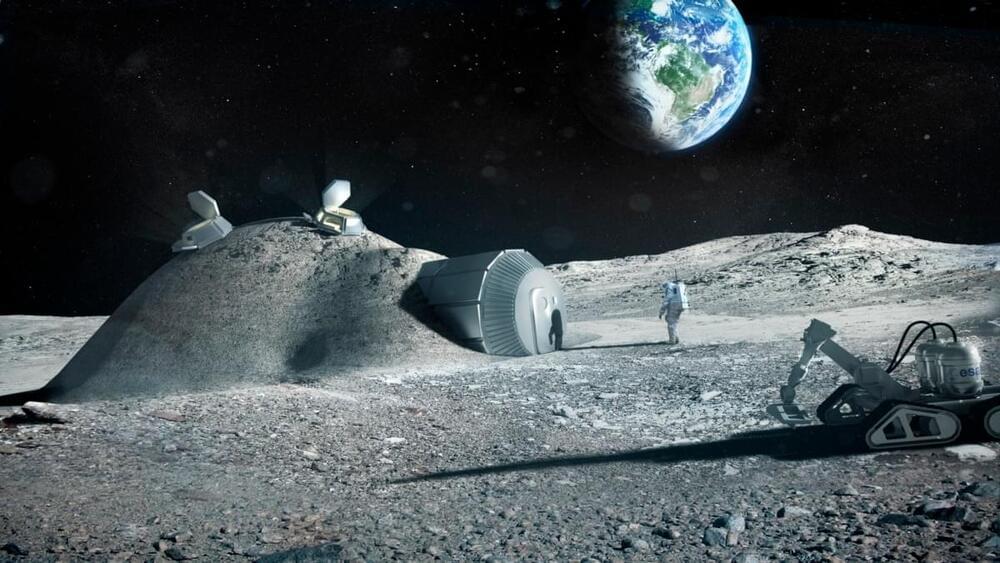

Protons may have more “charm” than we thought, new research suggests.
A proton is one of the subatomic particles that make up the nucleus of an atom. As small as protons are, they are composed of even tinier elementary particles known as quarks, which come in a variety of “flavors,” or types: up, down, strange, charm, bottom, and top.
Typically, a proton is thought to be made of two up quarks and one down quark. But a new study finds it’s more complicated than that.
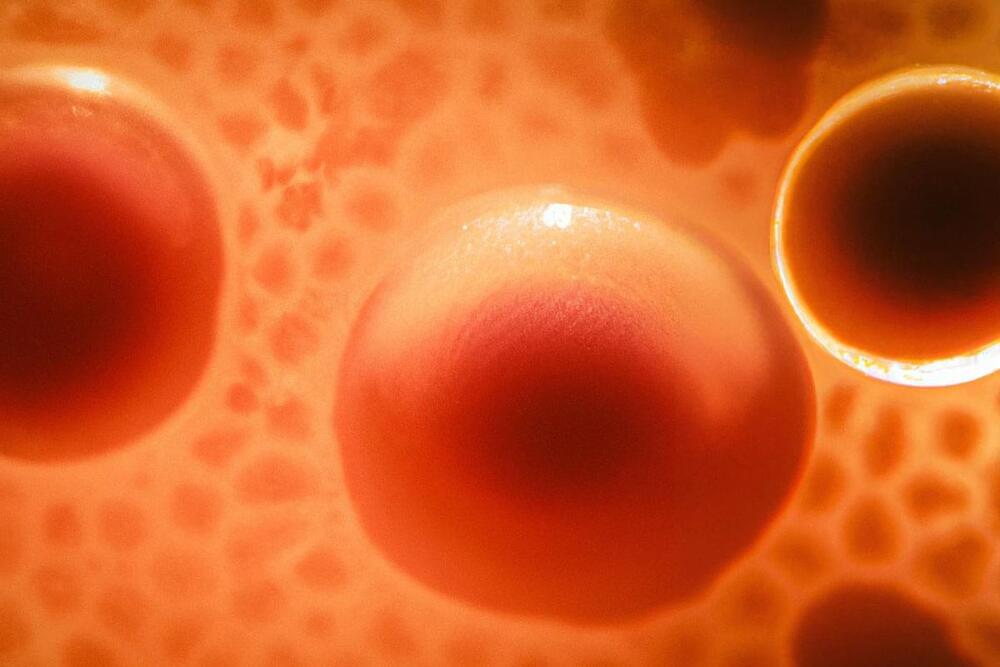
Biophysical Therapeutics, a drug discovery platform company that leverages computational biology, has emerged from stealth. The primary targets of the Delaware-based company are cancer, the diseases of aging (including Alzheimer’s disease) and – excitingly – aging itself.
Founded by Dr Michael Forrest, a Cambridge University biochemistry graduate with a PhD in computer science, Biophysical Therapeutics boasts renowned biotech entrepreneur Professor George Church (of Harvard Medical School) as an advisor to the company. Professor Bruno Conti of the Scripps Institute in La Jolla, California is also an advisor.
Longevity. Technology: Back in 2006, Conti and his team reported an exciting result in the prestigious journal Science. They showed (in female mice) that slightly reducing the metabolic rate by slightly reducing metabolic heat generation (decreasing body temperature by 0.34°C) increased lifespan by 20%.
HRL Laboratories, LLC, has published the first demonstration of universal control of encoded spin qubits. This newly emerging approach to quantum computation uses a novel silicon-based qubit device architecture, fabricated in HRL’s Malibu cleanroom, to trap single electrons in quantum dots. Spins of three such single electrons host energy-degenerate qubit states, which are controlled by nearest-neighbor contact interactions that partially swap spin states with those of their neighbors.
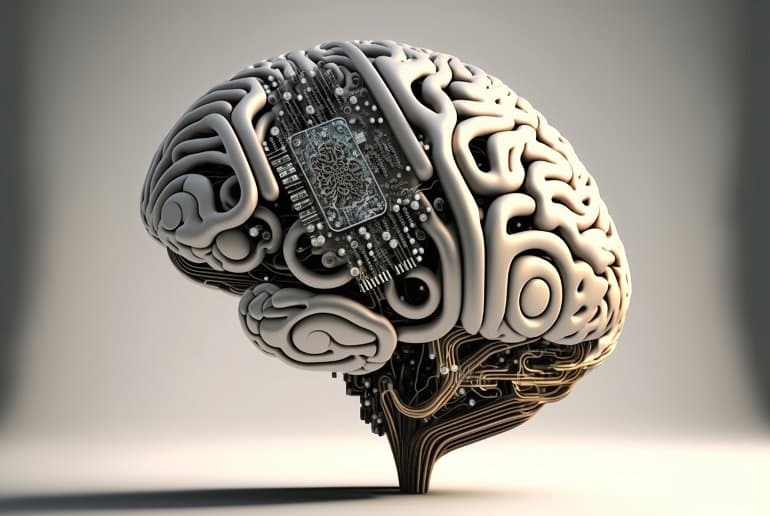
Summary: Researchers investigate brain region synchronization in order to assist control of brain-machine interfaces.
Source: UPF Barcelona.
Just a few decades ago, the possibility of connecting the brain with a computer to convert neural signals into concrete actions would have seemed like something from science fiction.

Even a couple of years ago, the idea that artificial intelligence might be conscious and capable of subjective experience seemed like pure science fiction. But in recent months, we’ve witnessed a dizzying flurry of developments in AI, including language models like ChatGPT and Bing Chat with remarkable skill at seemingly human conversation.
Given these rapid shifts and the flood of money and talent devoted to developing ever smarter, more humanlike systems, it will become increasingly plausible that AI systems could exhibit something like consciousness. But if we find ourselves seriously questioning whether they are capable of real emotions and suffering, we face a potentially catastrophic moral dilemma: either give those systems rights, or don’t.
Experts are already contemplating the possibility. In February 2022, Ilya Sutskever, chief scientist at OpenAI, publicly pondered whether “today’s large neural networks are slightly conscious.” A few months later, Google engineer Blake Lemoine made international headlines when he declared that the computer language model, or chatbot, LaMDA might have real emotions. Ordinary users of Replika, advertised as “the world’s best AI friend,” sometimes report falling in love with it.
